Golf is at the fore front of Nigel Morecroft’s mind.
Not only has he has just written a new book about St Andrews.
He’s also not long back from the Masters at Augusta.
He found the whole experience “mind-blowing”.
Masters was ‘better than expected’
“I thought it would be good but it was much better than expected – really wonderful,” he said.
“I was there for the final day.
“A friend of mine said ‘you’ve got to walk the course’.
“I sort of did that right at the start of the day, because they teed off at 8.30 Eastern Time.
“The guys were having to play the extra 12 holes they hadn’t from the day before.
“In the end I saw them play 30 holes.”
Who is Nigel Morecroft?
Nigel, who grew up in the north of England, has been playing golf “on and off” since he was seven or eight years old.
The Burnley Football Club fan lived across the road from Burnley Golf Club as a boy.
It was there that he first tasted the highs, lows and frustrations of the golfing game.
The 66-year-old New Golf Club, St Andrews, member didn’t play regularly until he was about 30.
He laughs that he now spends more time writing about rather than playing golf.
However, it’s his extensive connections, past and present, to St Andrews largely through the university that have inspired his book St Andrews: Camelot of Golf.
Getting to know St Andrews
“I’d previously written a really dull text book about asset management,” said the St Andrews University history graduate.
He worked in financial services, latterly with Baillie Gifford in Edinburgh.
“When I retired I was quite interested as to how and why asset management had developed as a professional service.
“I didn’t write any history about Gifford.
“But I but did go back and look at some of the first insurance companies which were investing in the 17th/18th century and their first asset management groups.
“This became a very serious book called The Origins of Asset Management from the 1700s to 1960.
“But it was also quite good training for this book about St Andrews.”
A St Andrews University history graduate, he laughs that he “finally used it” writing his books.
When he thinks back to arriving in St Andrews for the first time as an undergraduate almost 50 years ago, what he recalls most is being “surrounded by quite wealthy middle class well-travelled people”.
He was in a “completely different strata of society and people”.
He remembers thinking “wow this is different”.
He only played golf occasionally as a student.
He picked up the game again from the 1990s.
However, when he went on to the St Andrews University Court, that’s when he “got to know St Andrews again”.
Wanting to write a ‘subjective’ book
Many books have been written about St Andrews and golf.
What Nigel wanted to do was write something that was “much more subjective than your typical analytical, descriptive, historical account of what happens in the town”.
He had a “fantastic” editor Helen Bleck who was very keen that he express his own voice and opinions.
He wouldn’t have to write as a “factual statement of proof” as he’d done previously.
“I was just sort of interested in trying to answer the question of what makes St Andrews special,” he said.
“It’s got this magnetic appeal for people who like different aspects of it and are often attracted to it and keep coming back to it.
“I actually started asking people who knew a bit about St Andrews.
“Friends of mine, people at the university, people I played golf with, or members of the New Golf Club.
“What quickly became apparent was if I said to somebody ‘what’s the three things about St Andrews that make it special for you?’ people would come back with three answers.
“The three answers were very different from the previous three answers of what makes St Andrews special.
“This struck me as a bit weird and was worthy of looking at in a bit more detail.”
Dissecting the story of St Andrews
St Andrews: Camelot of Golf explores how a small town, that once drew thousands of pilgrims to its cathedral, established itself and maintained its place in world golf and continues to draw in adoring pilgrims.
Nigel dissects the story of this complex golfing community and discovers a “Camelot”.
A “mystical, respected, powerful place of high achievement”.
It explores how St Andrews and golf are closely interconnected and that the “whole is greater than the sum of the parts”.
It explores everything from the building of the St Andrews “image” through architecture, paintings, photography and poetry to the custodians of the Links and women at the Royal and Ancient Golf Club.
“I think there are lots of reasons that make this little place with a tiny population and why it has this massive impact globally,” he said.
“It’s that sort of range of factors and interaction of factors which make it really unique in terms of its size, its influence and its attraction to people.
“I was very keen when I started looking at what had been written to move away from that.
“I wanted to try to broaden the sort of story and explanation – to try and incorporate things like the university.
“I wanted to try and raise the profile of the artisans in particular, the women as well.
“Because I think the more I look at it, it’s a really complex society we’ve ended up with at St Andrews which sort of works and a lot of the community work together, pretty constructively.”
Fascinated by Renee Powell story
One story Nigel found “fascinating” was that of American professional golfer Renee Powell.
She is the great-great granddaughter of Alabama slaves.
Not only did she play at St Andrews in the 1970s, she was given an honorary degree by St Andrews University in 2008, before developing her contact with local golfing charity New Links.
She became a member of the R&A in 2015 then the university named Powell Hall after her in 2018.
She’s also written the foreword of Nigel’s book.
“In some ways she really encapsulates how unusual lots of peoples’ relationships are with St Andrews,” said Nigel.
“Where it works on all these different levels because there are all these different things going on in this tiny little place.
“For a tiny little place there’s a lot going on there.”
Use of photographs
Nigel wanted an image heavy book which looked nice to pick up and flick through and did St Andrews justice in terms of what a beautiful place it is.
Yet at the same time he didn’t want an unwieldy coffee table book.
When he started digging, he also across people like Thomas Hodge the painter who was prolific and the photographer in the 1840s Thomas Rodger.
“They were phenomenal in terms of establishing sort of public profile persona about St Andrews and the people and the golf courses etc.
“I wanted to just make sure some of that was captured in the book,” he added.
He’s also grateful to people like St Andrews man John Stewart of New Links who helped him with certain images.
One of Nigel’s favourite pictures is of the Old Course taken from behind the 18th green.
The flag in the foreground looking down the 18th fairway shows the contours of the 18th fairway at dusk.
“It shows a little bit of the first fairway which is as “flat as a pancake”.
Has Nigel’s perception of St Andrews changed?
Nigel is in no doubt that his own perception of St Andrews has changed through creating the book.
“There are so many different aspects that I’ve touched on but would like to look at in more detail,” he said.
“I think the whole impact of artisans for example – where they fitted in to the social structure.
“But also the infrastructure of golf in St Andrews from the early part of the 19th century – even before that because they were making clubs at the end of the 17th century.
“I’ve talked about the university, but Madras College is fantastically interesting as well in terms of the people it churned out.
“Also in terms of quite important people but also influential golfers and people in golf administration.
“The community generally – I tried to write about it as this sort of entity that is quite good at coming together at key moments.
“It’s a pretty odd mixture when you break it down.
“You’ve got the university’s dominance in terms of it as an employer and in terms of lots of people –the students.
“Then you’ve got the golfers coming in between the spring and autumn months.
“And yet the town still has this tiny population.”
How to get Nigel’s book
St Andrews: Camelot of Golf by Nigel Morecroft is out now, £30. nigelmorecroft.com/
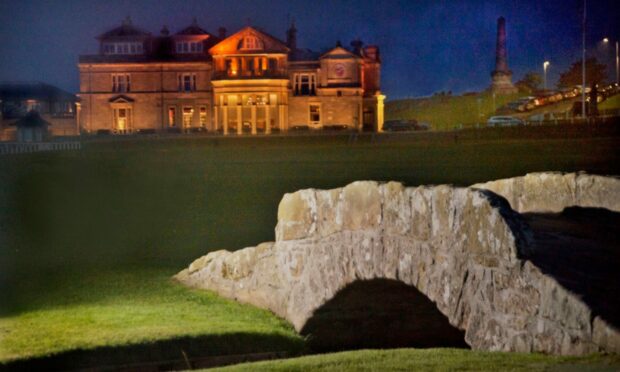


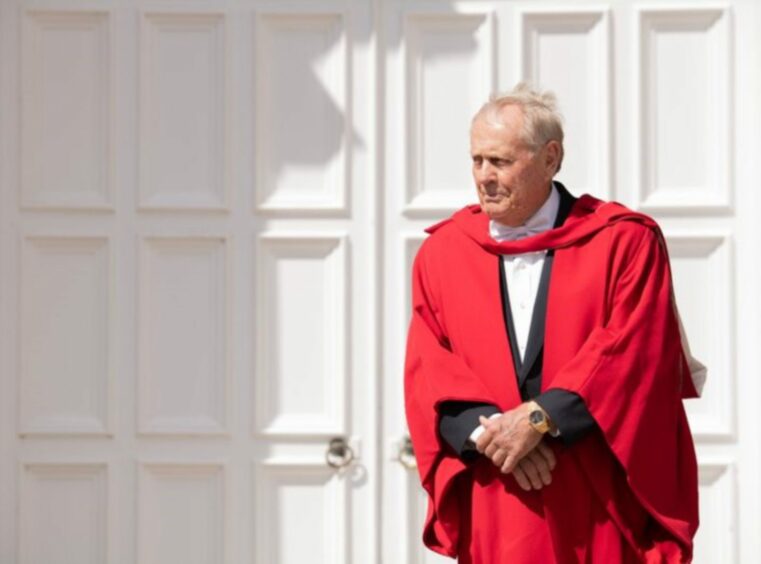
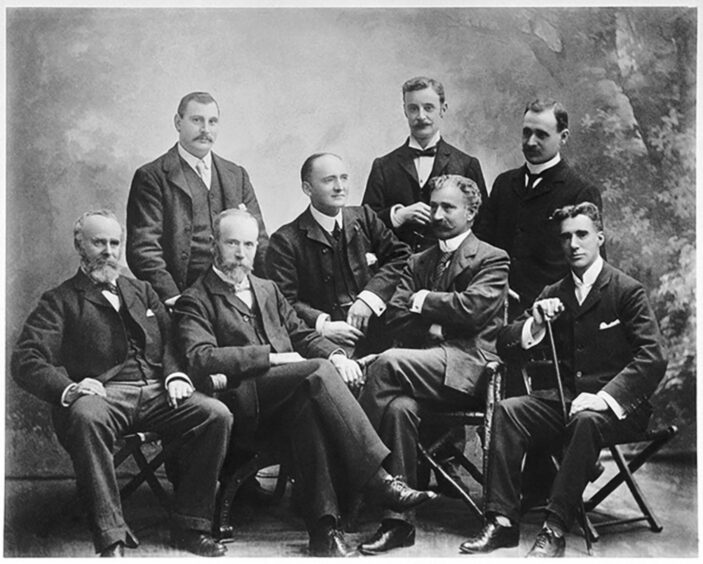
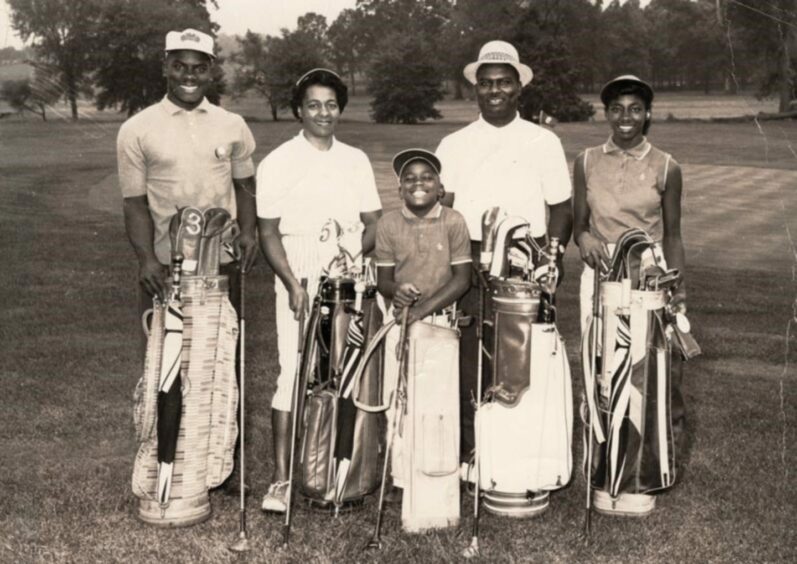
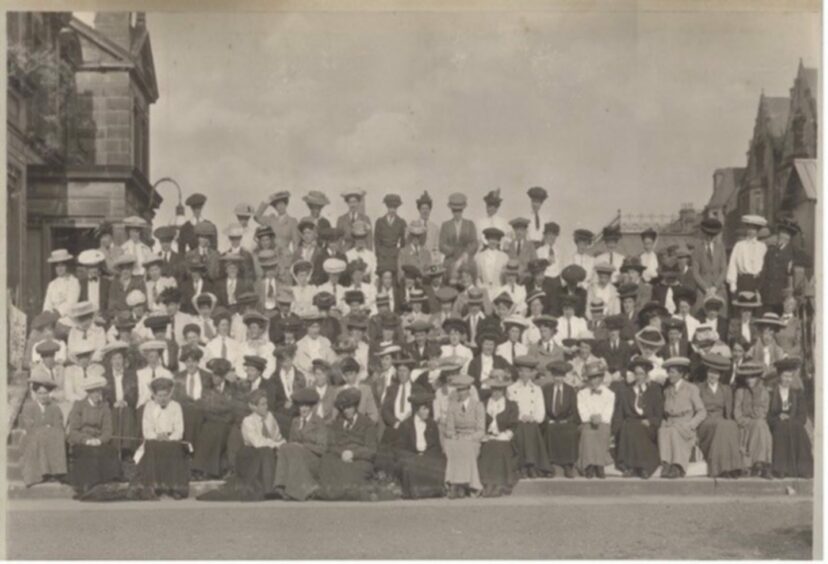



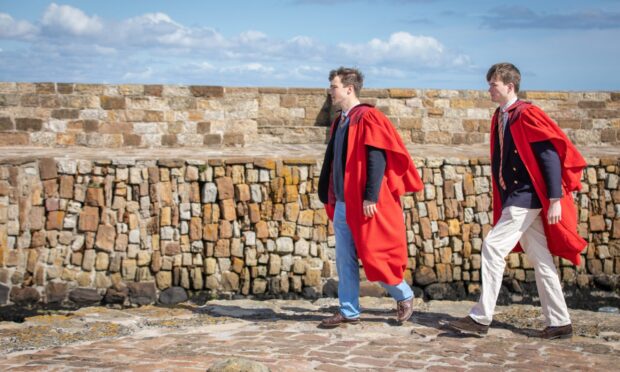


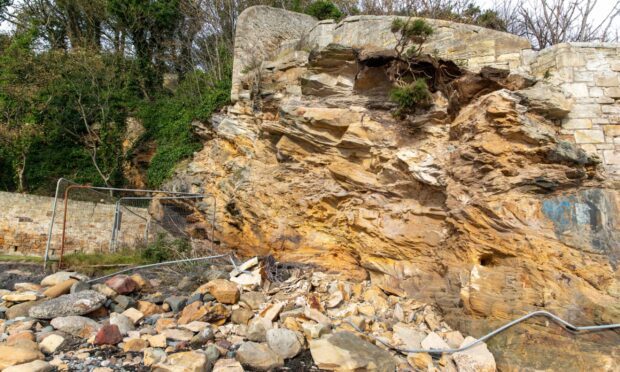




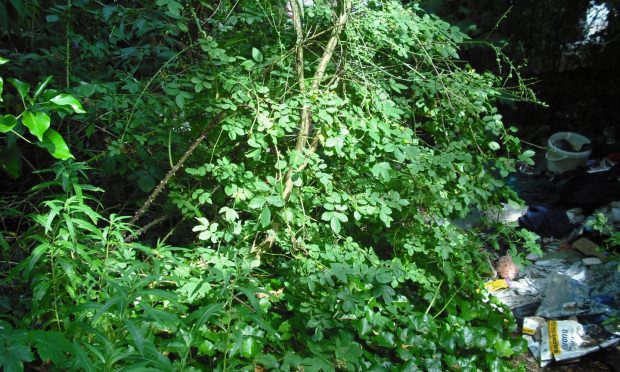
Conversation